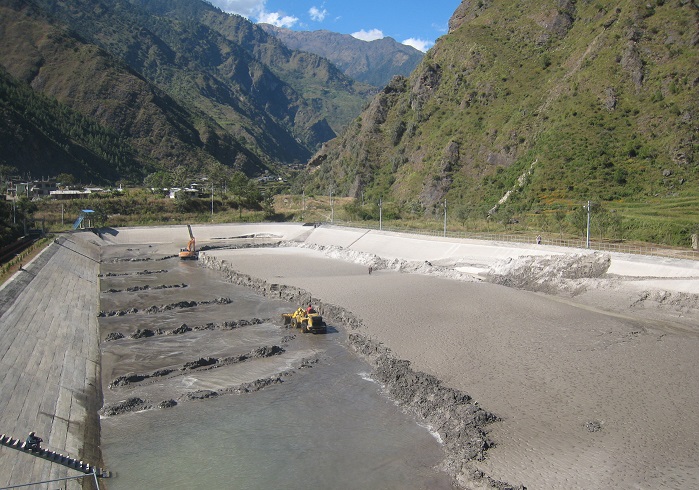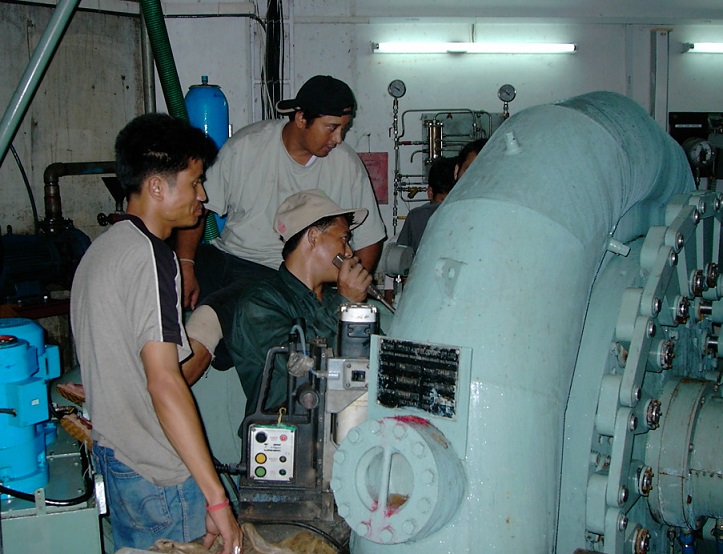Background
Logo with name
MENU
Background
Development of Francis turbine to resist large amount of sediments
- The global development of hydropower is an important step towards a low-carbon society. Despite its global potential, it is challenged by both social and ecological considerations.
- In regions with large hydropower potential such as South-East Europe, Asia, Africa and South America different sediment transport processes, e.g. sedimentation, are core challenges. Sedimentation processes have proven to be technically, economically and socio-ecologically challenging (e.g. reduction of reservoir lifetime or impacts on downstream ecosystems).
- Additionally, climate change is projected to cause increased sediment catchment yield, affecting the operation and maintenance of the hydropower plants and hence energy production.
 Reservoir flushing, Chilime Hydropower Project, Nepal . Photo :Ole Gunnar Dahlhaug
Reservoir flushing, Chilime Hydropower Project, Nepal . Photo :Ole Gunnar Dahlhaug
- For hydropower operators, the design of hydraulic structures, flushing techniques and reliable sediment measurements are key knowledge domains for sustainable hydropower development. As such, this project will focus on the development of a Francis turbines that are able to resist large amounts of sediments.
Background
|
Reduction of Sediment erosion in guide vanes
|
 Jhimruk Powerplant. Photo : Ole Gunnar Dahlhaug Jhimruk Powerplant. Photo : Ole Gunnar Dahlhaug |
